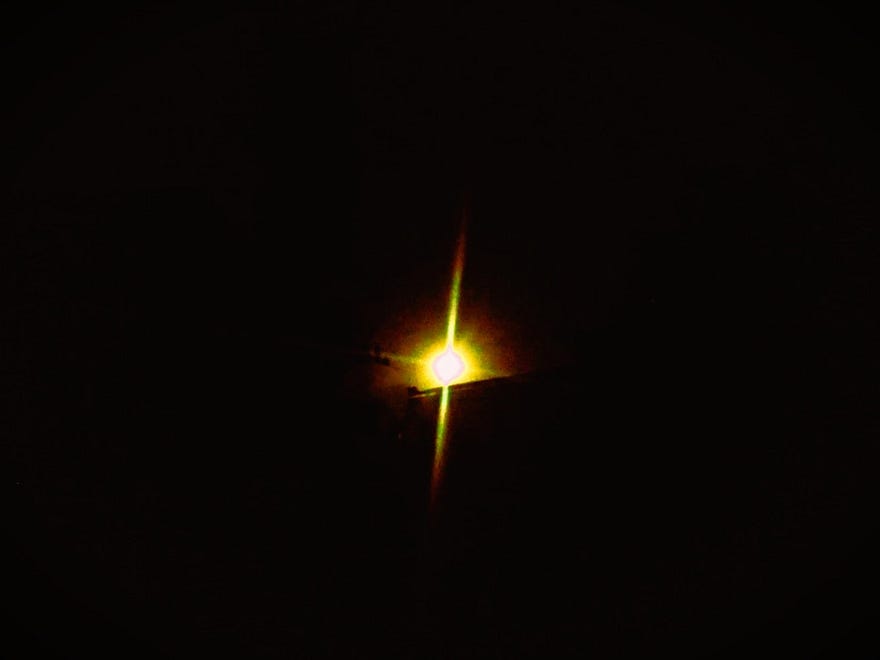I am an Interspiritual priestess, which means I honor wisdom wherever it flows, whether it be through Jesus’ teachings of compassion, John Wesley’s vision of prevenient grace, the Avalonian mysteries reclaimed by Jhenah Telyndru and the Sisters of Avalon, the mythic landscapes illuminated by Caitlín and John Matthews, or the prophetic spiritual imagination of Matthew Fox. Each voice, these and many others, contributes to the tapestry of my life, helping me navigate a sacred path that is both grounded and expansive.
What I see at the heart of Druidry is also at the heart of
my priestesshood. It is Awen, the flowing spirit of inspiration. In Druidic
tradition, Awen is the creative current that animates the universe, carrying
poetry, ritual, and sacred knowing. It is the same Spirit that Evelyn Underhill
explored in her writings on contemplative prayer. It is a presence that invites
the soul into direct experience of the Divine. Awen is also the life force that
Starhawk evokes in her rituals, grounding spirituality in practical engagement
with the world and its cycles. It is the living thread that connects
creativity, ethics, and reverence for all beings.
Seth, the entity revealed in the book Seth Speaks by
Jane Roberts, taught me that we co-create our consciousness and reality through
our intentions, our awareness, and our connection to the unseen. In Awen, I
recognize that same intelligence: a responsive, generative Spirit that flows
through human imagination, ritual, and our daily acts of care. This is not
unlike the idea of Process Theology, influenced by the metaphysical process
philosophy of Alfred North Whitehead. Process Theologian Marjorie Suchock said
that “God works with the world; God’s plans are necessarily responsive to the
world.” In other words, each decision we make influences what happens next. In
this way, we co-create with the Divine and with one another.
Druidry is a practical spirituality: the altar, the grove,
and the seasonal cycle are not only symbols, but they are also laboratories for
living in alignment with Awen, with Spirit, and with the sacredness of the
earth itself. In this laboratory of life, I experiment with the effects of my
actions, my thoughts, and my relationship with All That Is.
Science, too, mirrors these truths. Quantum physics shows
that all matter is interwoven, entangled across space and time, vibrating with
energy and potential. Awen feels like the spiritual name for this energetic
interconnection, the breath that moves through trees, stars, and human hearts
alike. Ritual, for me, becomes a way of aligning consciousness with that
current: lighting a candle, telling a story, offering gratitude at a well or a
cauldron, or blessing the land. Each practice is both a symbolic acknowledgment
of the sacred and a tangible participation in the intelligence that flows
through all things.
Druidry, as an Interspiritual practice, does not demand
exclusivity. I do not leave behind Jesus’ compassion, Wesley’s theology,
Matthew Fox’s cosmic Christ, Evelyn Underhill’s contemplative wisdom,
Starhawk’s activist magic, or the guidance of Telyndru and the Matthews.
Instead, I carry them into the grove, weaving them together with the voice of
Awen and the rhythms of the earth. Each voice is a note in a living symphony,
each teaching a thread in a tapestry of ritual, spirituality, and practical
life.
For me, Druidry is not a detour from Interspirituality. It
is its flowering. It deepens what I already know: that Spirit moves through all
creation, that human consciousness is a co-creative force, and that ritual and
ethical action are inseparable. In the circle of Druidry, with Awen flowing
through it, I find a space where all these threads—mythic, contemplative,
visionary, and practical—meet and resonate, inviting me to live fully,
spiritually, and responsibly in a world that is itself holy.






